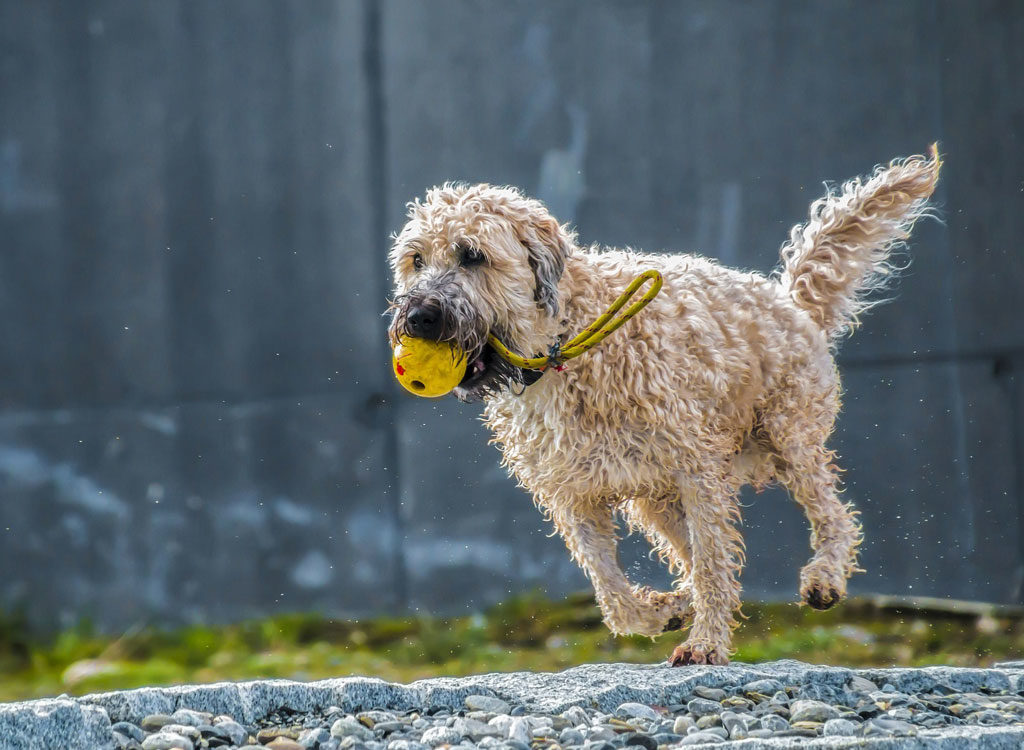For a new dog owner, the idea of a crate may sound cruel and unusual. Why put your dog in a cage for any period of time? But a properly crate-trained dog will not view a crate as a cage, but rather a den. The crate is a place of sanctuary, where your dog can spend personal time sleeping, relaxing and taking naps. Crates also give dog owners peace of mind when leaving home, knowing that their dog is snugly in their crate and unable to cause trouble or come to harm.
The Best Crates Are Snug, but Comfortable
The best crate for your dog will be one that provides enough room to stand up properly and stretch out while laying down. For small dogs, a portable crate makes going to the vet easier. Look for a crate that can be strapped in to the back seat for safe car rides around town.
For larger dogs, crates are more difficult to transport. Many large dogs have crates that never move from their space in the house. When looking for a crate, ask yourself which purposes you want the crate to serve and where it will fit in your home. If your dog is a puppy, you may need to buy a series of crates as your dog grows.
A Crate Is Not a Place for Punishment
Once you have found the right crate and begin training, you should remember one thing: a crate is not a jail. It is not a place to send your dog for punishment after bad behavior. Dogs who associate their crate with punishment or harsh words may develop separation anxiety and a fear of their crate, which could make transporting your dog in the crate even more difficult.
Crate Training Can Take Time
Crate training can be an involved process because some dogs are afraid of their crates at the beginning, even if you don’t treat it as a cage. Give your dog time to feel comfortable with every step. Pushing your dog too hard to stay in the crate can give your dog anxiety and can quickly turn the crate into a place of fear.
Start your training by luring your dog into the crate with treats. Place a treat into the crate and allow your dog to enter and leave after eating the treat. Once your dog will step all the way into the crate for food, start feeding your dog from a bowl placed at the back of the crate.
When your dog is eating from the bowl, shut the door behind your dog. Leave your dog in the crate for a few minutes after eating is done, then start leaving your dog in the crate for longer periods of time. Leave the room periodically, then come back to your dog after a few minutes. As your dog becomes more comfortable in the crate, leave him or her in the crate alone for longer stretches of time.
Keep the crate comfortable, with a blanket and a toy. During this training phase, be careful not to let your dog out of the crate simply because he or she is whining. Let your dog out to do business in the yard, but not if your dog is whining simply out of unhappiness with the crate. This can teach your dog that the way to be let out is to whine. Work with a professional trainer through the process.
Know the Signs of Separation Anxiety
Some dogs experience separation anxiety when left in crates for long periods of time. The best way to tell if your dog has this problem is to video record your dog while you’re away. Signs of separation anxiety include pacing, howling, excessive drooling, and frantic scratching or chewing. If your dog experiences these problems, work with your dog’s trainer to find strategies to keep your dog calm.
Crate training your dog is an excellent way to keep your dog safe while you’re away from home. For more information about crate training, talk to an experienced and reputable dog trainer in your area. At Elite Dogs Training and Boarding, we’re happy to answer your questions. Contact us today.

